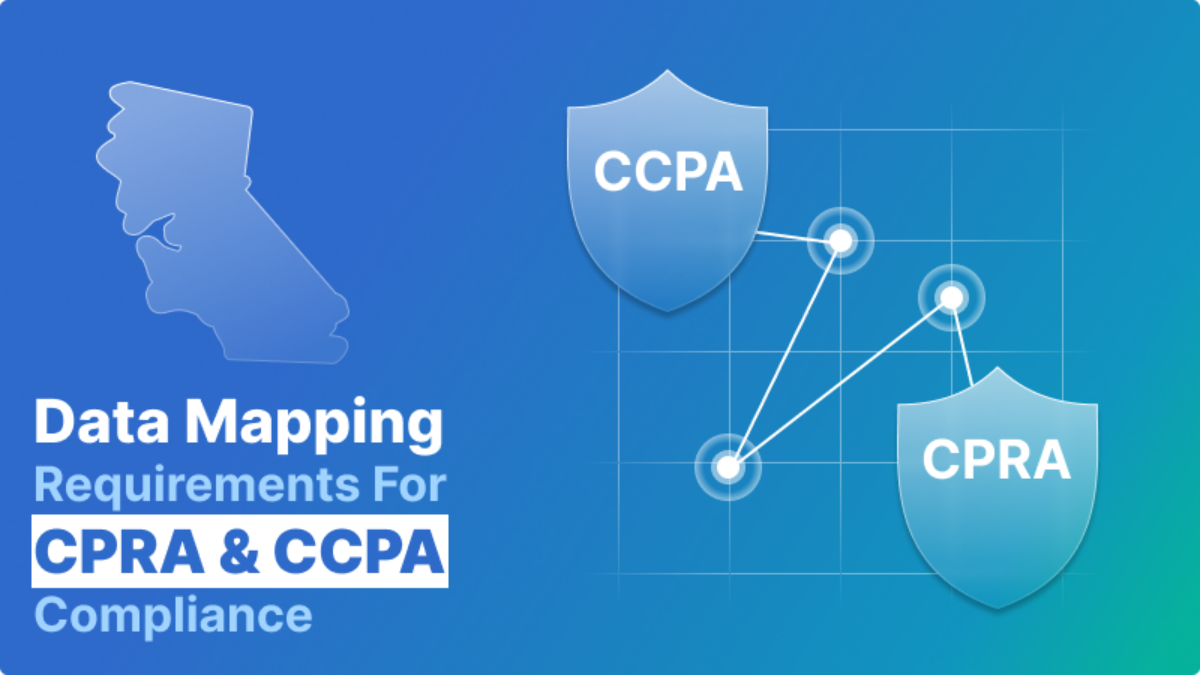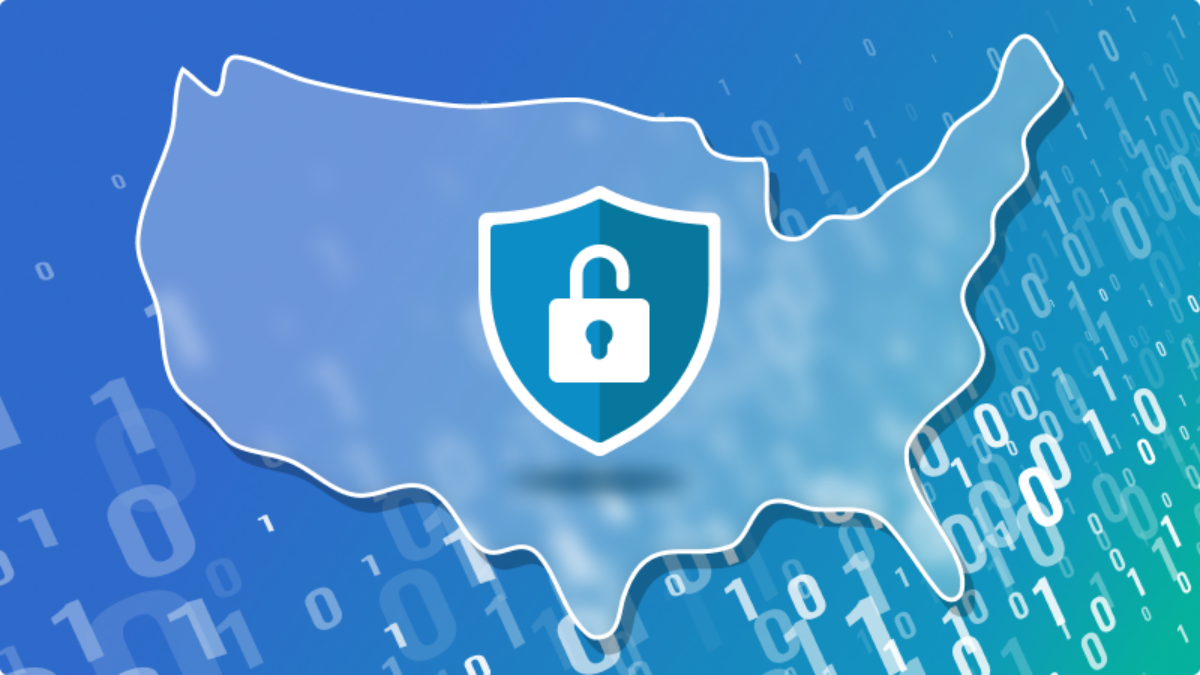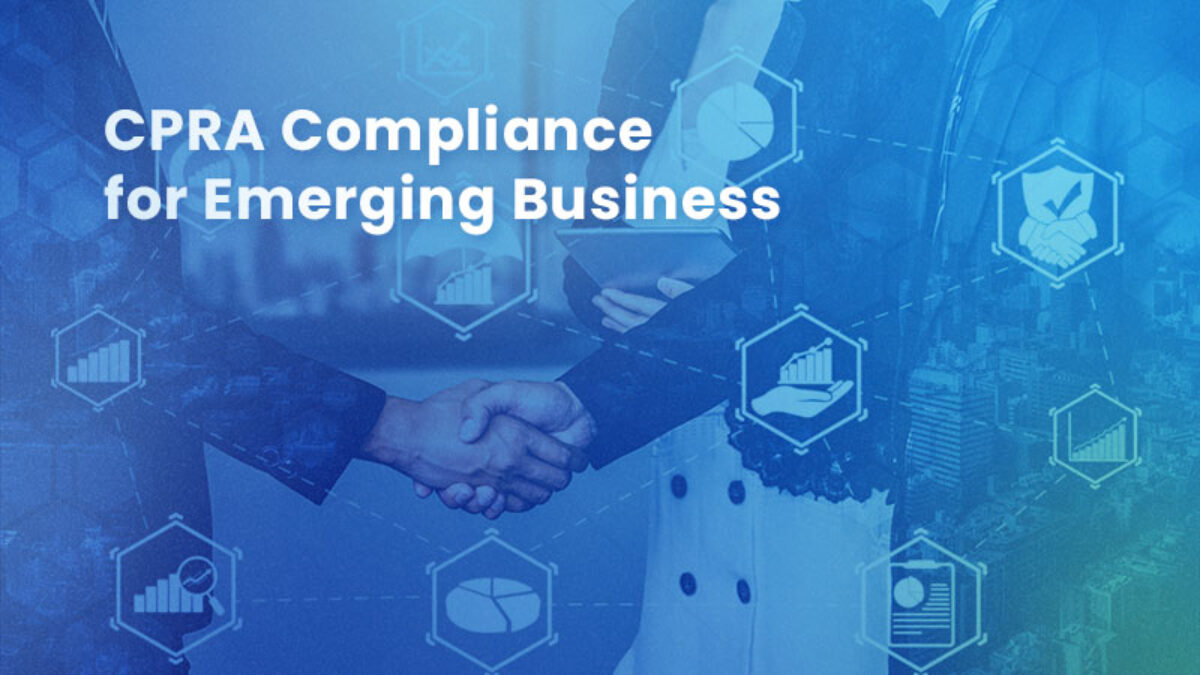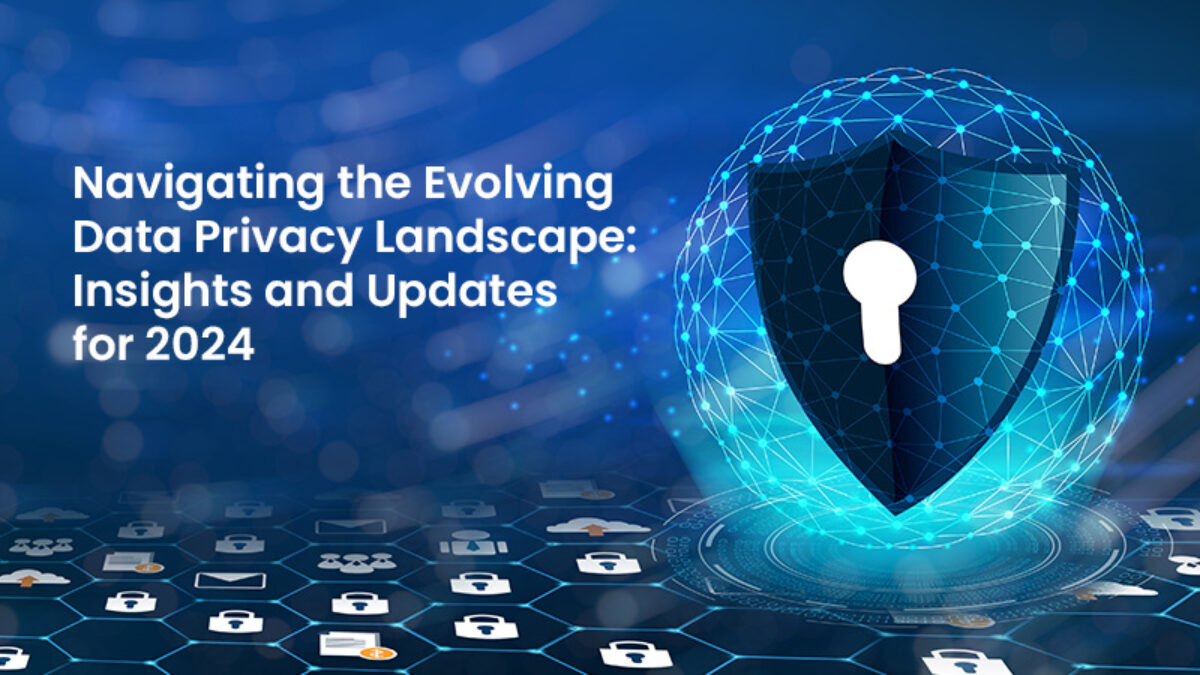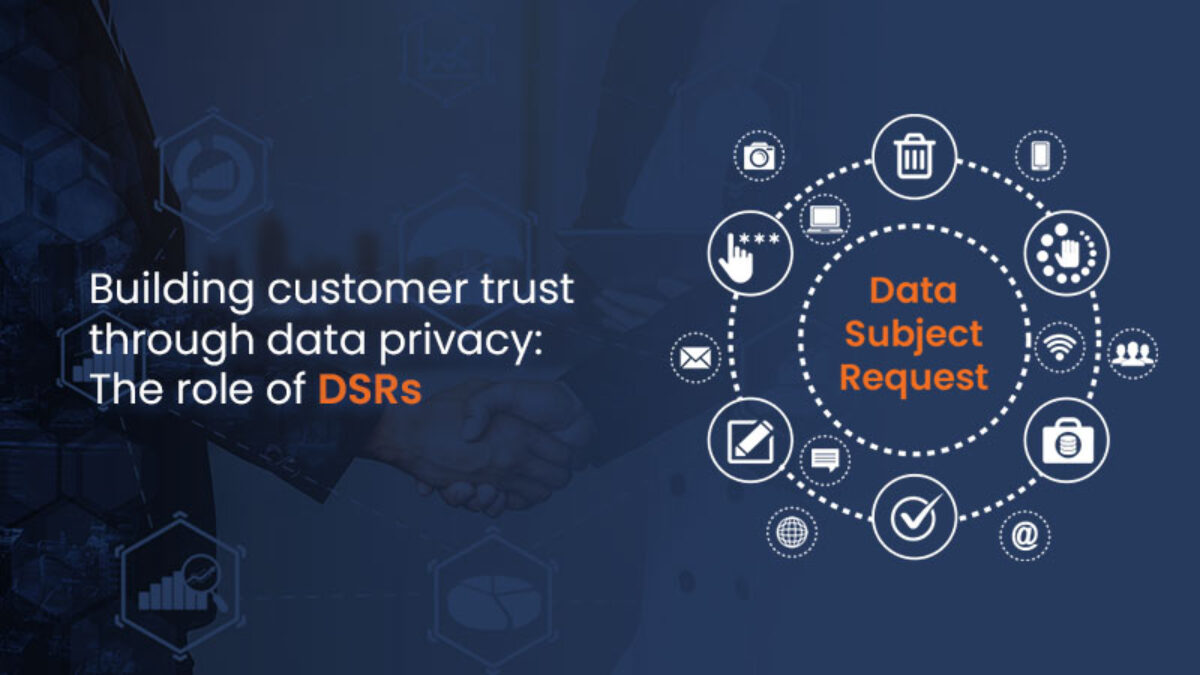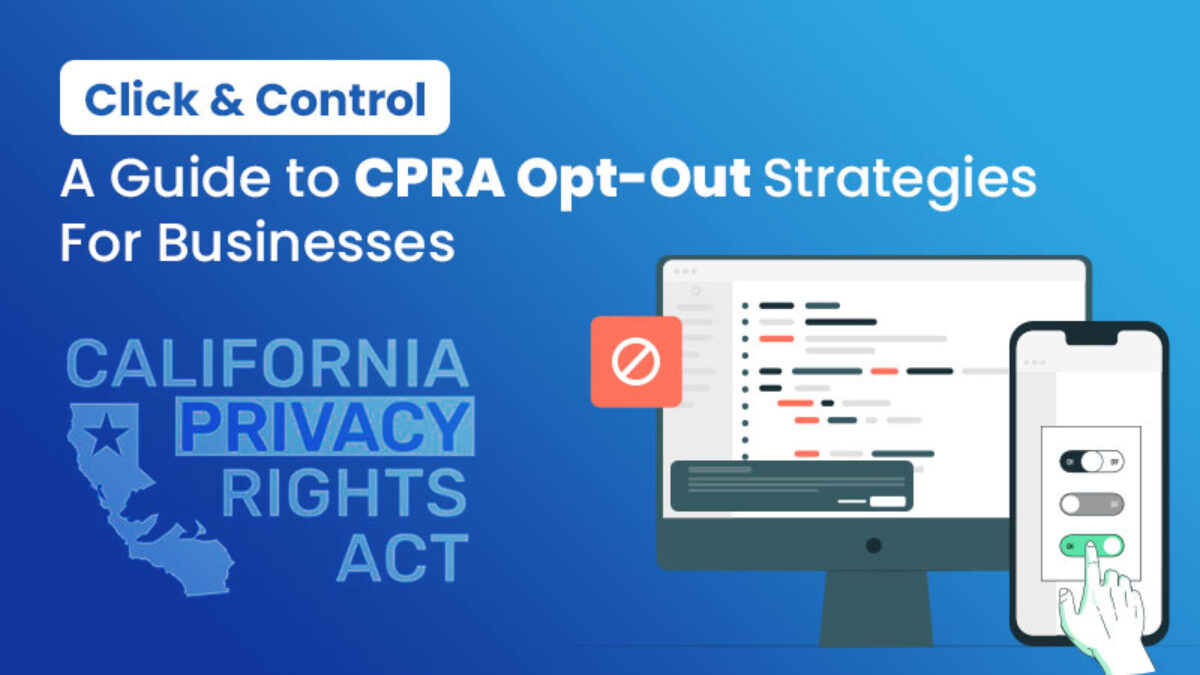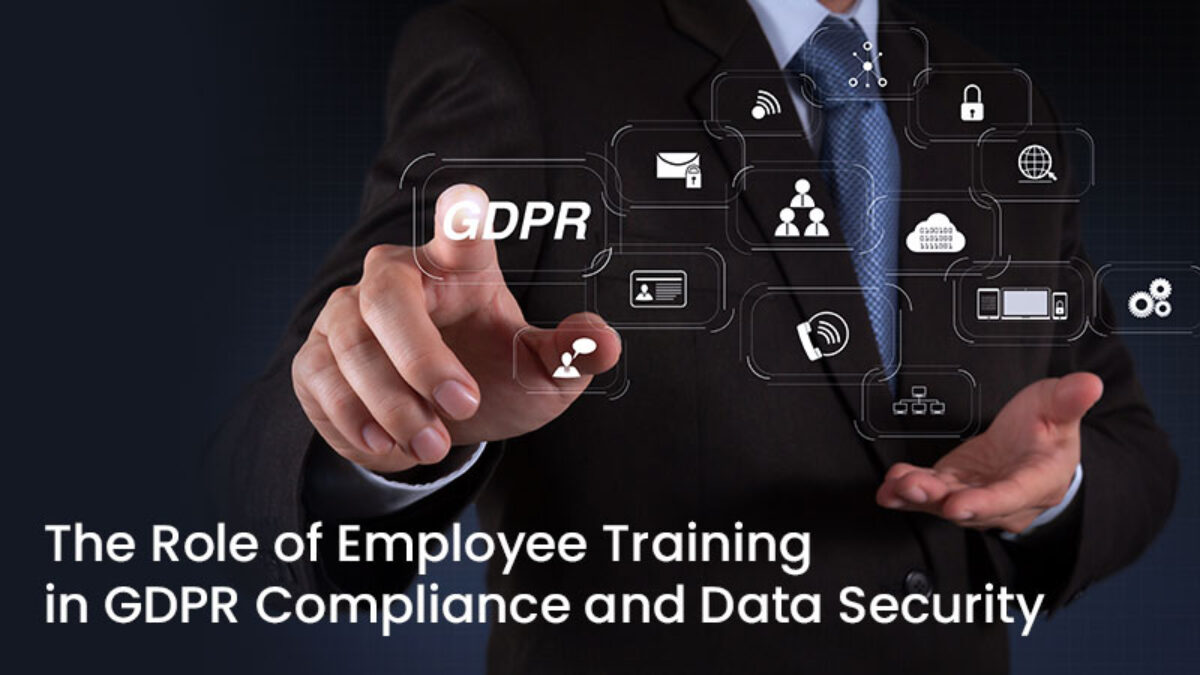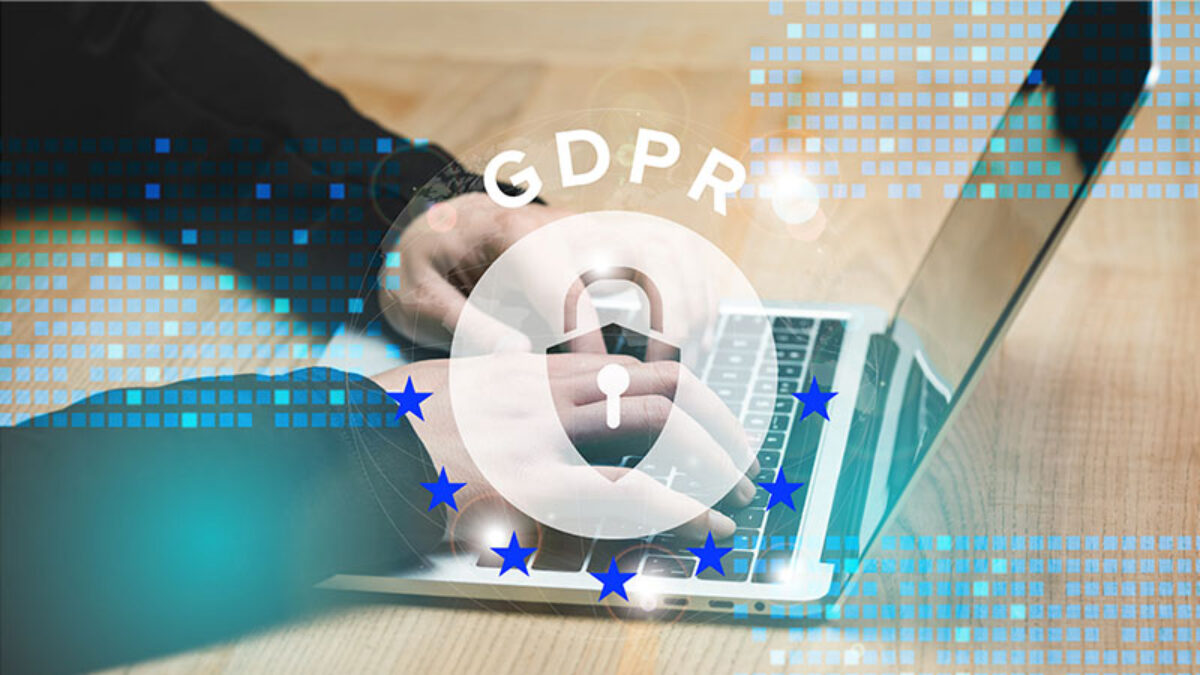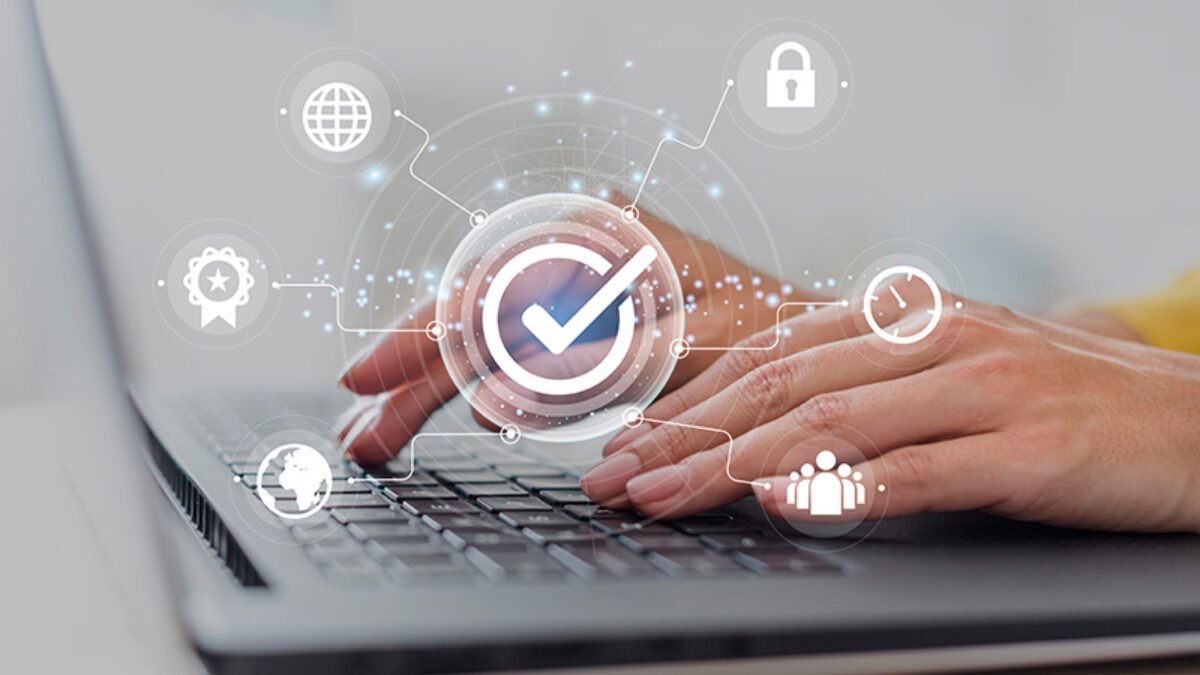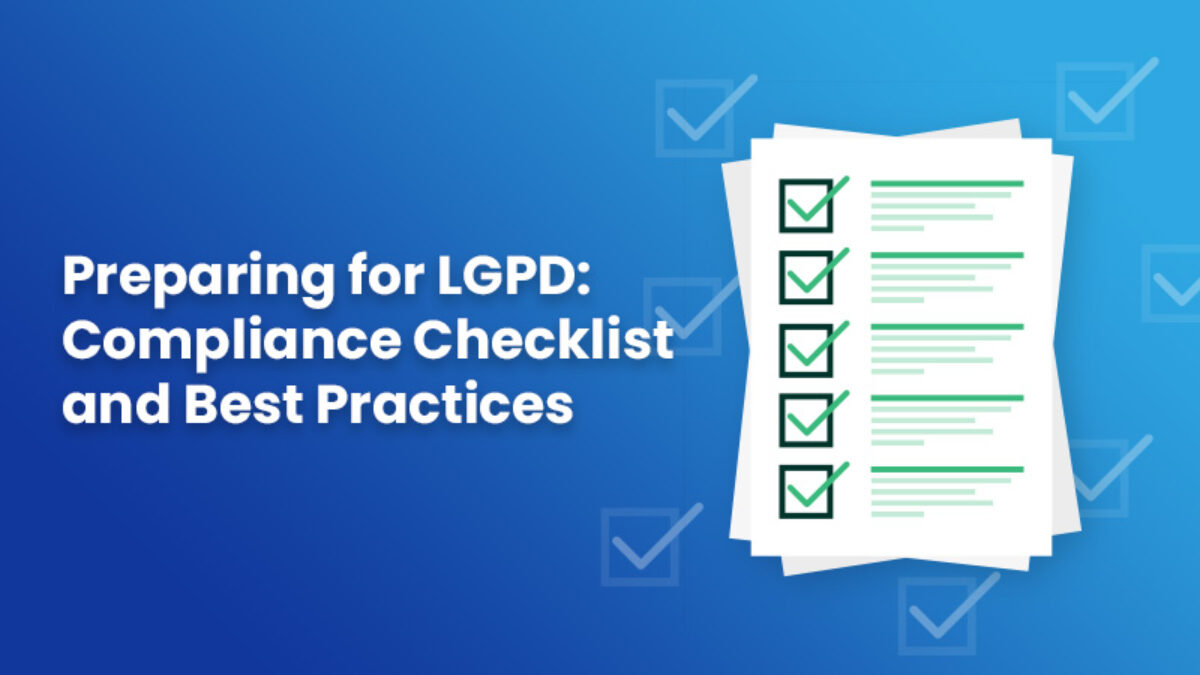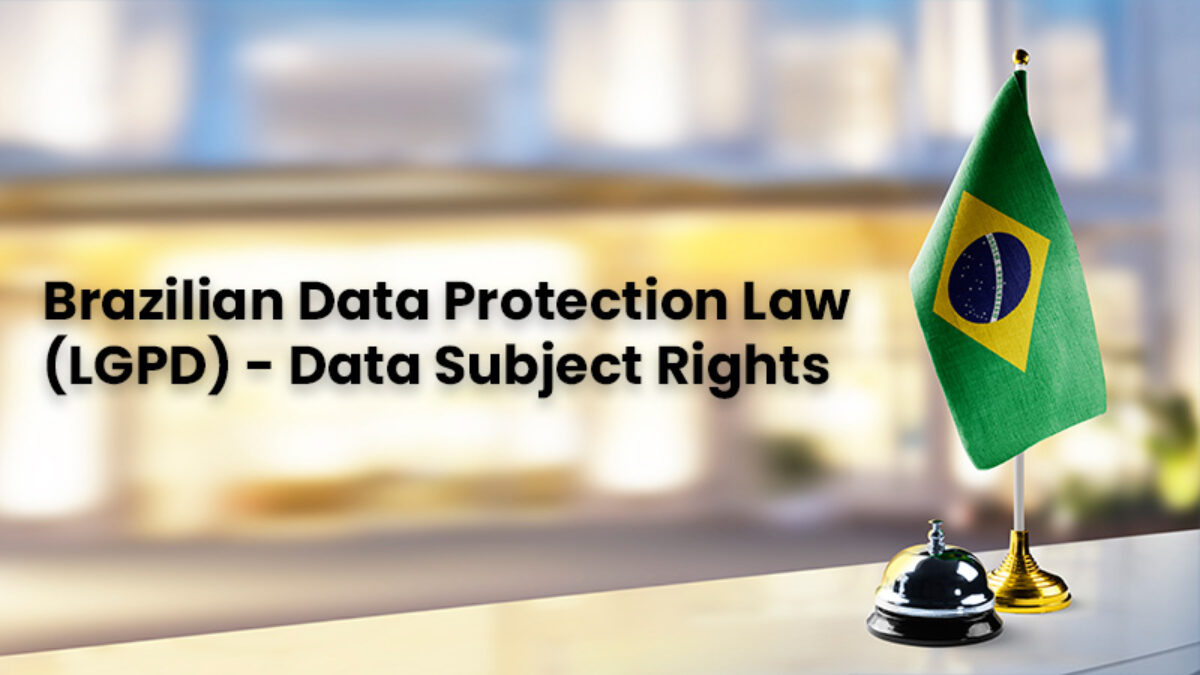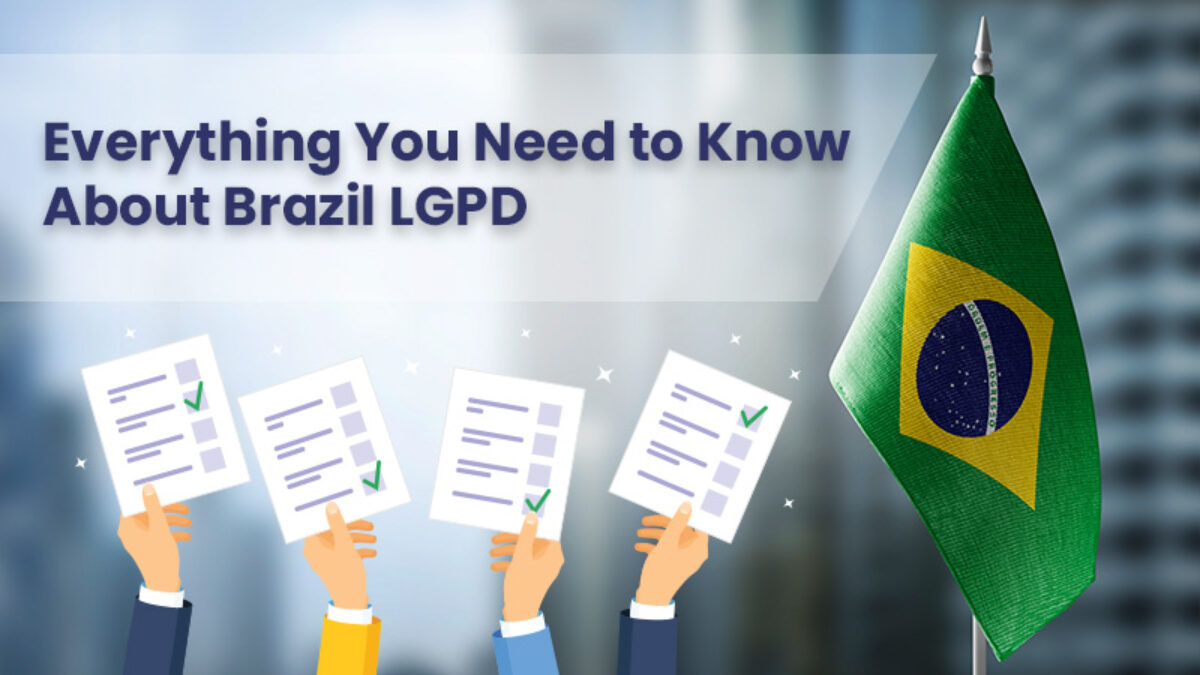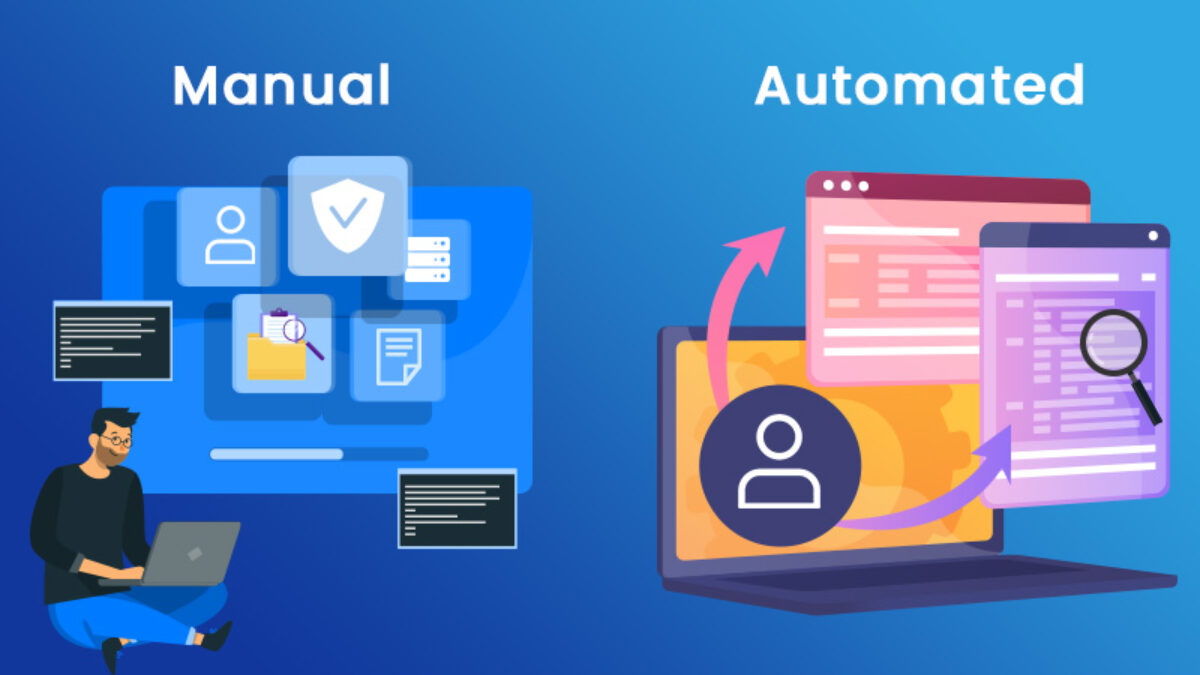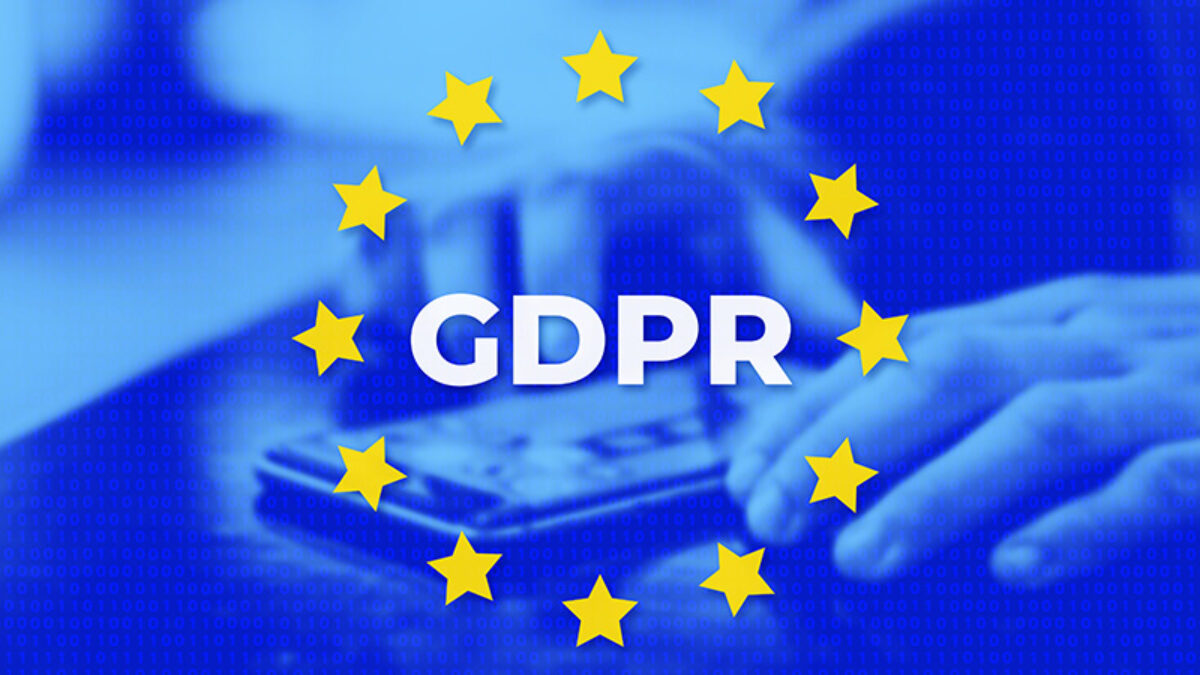Getting Started with PIA Software: Step-by-Step Implementation Guide

Introduction
Privacy Impact Assessment (PIA) software has become an essential tool for organizations striving to ensure data protection and compliance with privacy regulations. Implementing a PIA software solution can streamline the process of assessing, managing, and mitigating privacy risks associated with data processing activities.
What is PIA software?
PIA software automates and streamlines the Data Privacy Impact Assessment (DPIA) process. These tools offer frameworks and workflows, guiding organizations through privacy impact assessments efficiently. PIA software ensures a consistent and comprehensive approach to assess and mitigate privacy risks in handling personal data, promoting regulatory compliance and fostering a privacy-centric organizational culture.
This step-by-step guide aims to provide a comprehensive overview of how to get started with PIA software implementation.
1. Understand the Purpose and Scope
Definition of PIA (Privacy Impact Assessment):
A Privacy Impact Assessment (PIA) is a systematic process for evaluating the potential privacy risks and impacts of a project or system. PIA software helps automate this process, ensuring that privacy considerations are integrated into the planning and implementation stages of projects. GDPR Article 35, which mandates its implementation for high-risk data processing activities, assisting organizations in identifying and mitigating privacy risks.
Determine Scope:
Identify the systems, processes, or projects that will be subject to the PIA. Clearly define the objectives, stakeholders, and data types involved to establish the scope of your PIA.
2. Select the Right PIA Software
Research Options:
Conduct thorough research to identify PIA software solutions that align with your organization’s needs, budget, and compliance requirements.
Evaluate Features:
Consider features such as risk assessment templates, data mapping tools, compliance reporting capabilities, and integration options with other systems.
Vendor Assessment:
Assess the credibility, reliability, and support services offered by PIA software vendors before making a selection.
3. Plan Implementation Strategy
Develop a Roadmap:
Create a detailed implementation roadmap outlining key milestones, timelines, responsible parties, and resources required.
Assign Responsibilities:
Identify and assign roles and responsibilities for various tasks, including data collection, risk analysis, stakeholder engagement, and reporting.
4. Data Collection and Mapping
Identify Data Sources:
Determine the sources of personal data within your organization and document the types of data collected, processed, and stored.
Conduct Data Mapping:
Use the PIA software to map data flows and identify potential privacy risks associated with data processing activities.
5. Conduct Risk Assessment
Assess Privacy Risks:
Utilize the PIA software’s risk assessment tools to evaluate the potential privacy risks and impacts of data processing activities.
Mitigation Strategies:
Develop and implement mitigation strategies to address identified risks, ensuring compliance with privacy laws and regulations.
6. Stakeholder Engagement
Communicate Findings:
Engage with stakeholders, including management, employees, and data subjects, to communicate the findings of the PIA and gather feedback.
Obtain Approvals:
Obtain necessary approvals from senior management or regulatory authorities, if required, before proceeding with the implementation of mitigation measures.
7. Monitor and Review
Establish Monitoring Mechanisms:
Implement monitoring mechanisms to continuously assess and manage privacy risks associated with data processing activities.
Periodic Reviews:
Conduct periodic reviews of your PIA processes and update them as necessary to reflect changes in organizational policies, technologies, or regulatory requirements.
Conclusion
Implementing a PIA software solution can enhance your organization’s ability to proactively manage privacy risks and demonstrate compliance with privacy regulations. By following this step-by-step implementation guide, you can effectively navigate the complexities of PIA software implementation and lay the foundation for a robust privacy management framework.
